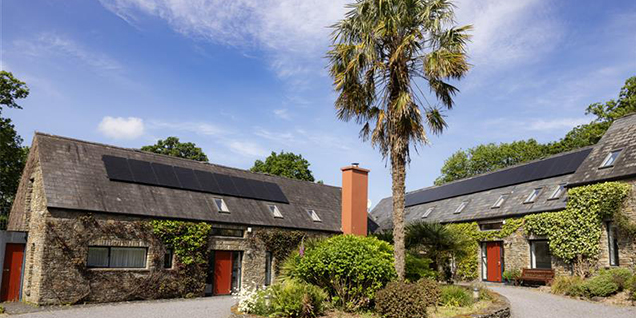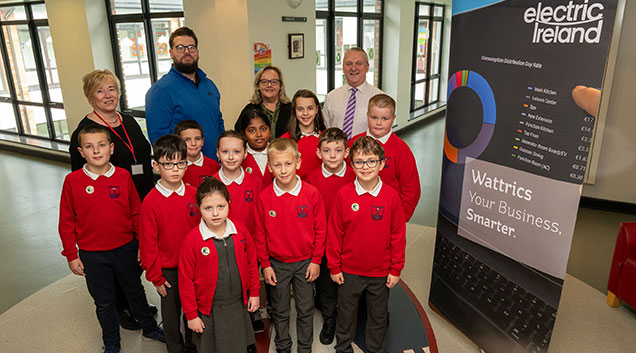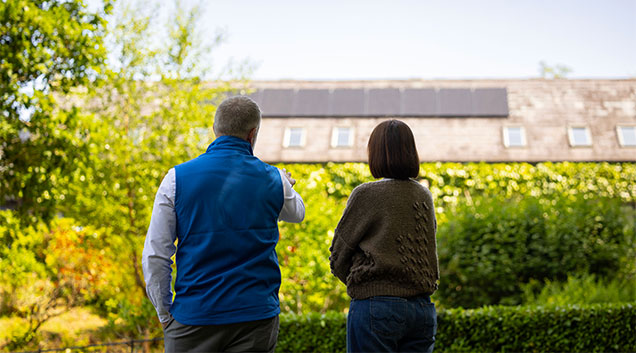Understand the Connection Between Solar Panels and Microgeneration for Your Business

As businesses increasingly seek sustainable and cost-effective energy solutions, solar panels have emerged as a popular choice. Not only do they provide significant environmental and financial benefits, but they also open the door to receiving microgeneration payments. Let’s explore the connection between installing solar panels on your business and the potential for earning through microgeneration.
Understanding Microgeneration Payments
Microgeneration payments are financial incentives provided to businesses who generate their own renewable energy. These payments are often part of government schemes designed to encourage the adoption of renewable energy technologies. By generating electricity through solar panels, businesses can qualify for these payments.
The Process of Earning Microgeneration Payments
- Installation of Solar Panels: The first step is to install solar panels on your business premises. This involves assessing your energy needs and selecting the appropriate solar technology.
- Energy Generation: Once installed, the solar panels will start generating electricity from sunlight. This energy can be used to power your business operations, reduce your reliance on grid electricity, and lower your energy bills.
- Exporting Excess Energy: In some cases, solar panels generate more electricity than a business can use. This excess energy can be exported back to the grid. Microgeneration schemes provide payments for this exported energy, rewarding businesses for contributing to the overall energy supply.
- Metering and Reporting: An ESB Networks smart meter will enable the collection and reporting of energy export data for your business, enabling you to receive microgeneration payments.
Benefits of Microgeneration Payments for Businesses
- Additional Revenue Stream: Microgeneration payments allow businesses to benefit from excess energy. By exporting excess energy to the grid, businesses can earn money while simultaneously reducing their energy costs.
- Enhanced Return on Investment (ROI): The financial incentives from microgeneration payments can enhance the ROI of solar panel installations. These payments help offset the initial costs of the system, making the investment more attractive.
- Support for Sustainability Goals: Receiving microgeneration payments reinforces a business’s commitment to sustainability. By generating and exporting renewable energy, businesses contribute to a greener energy grid and support national and global efforts to reduce carbon emissions.
- Positive Public Image: Businesses that participate in microgeneration schemes can enhance their public image. Demonstrating a commitment to renewable energy and sustainability can attract eco-conscious customers, investors, and employees.
Conclusion
For more information on Microgeneration or Solar PV for you business, visit our website.



